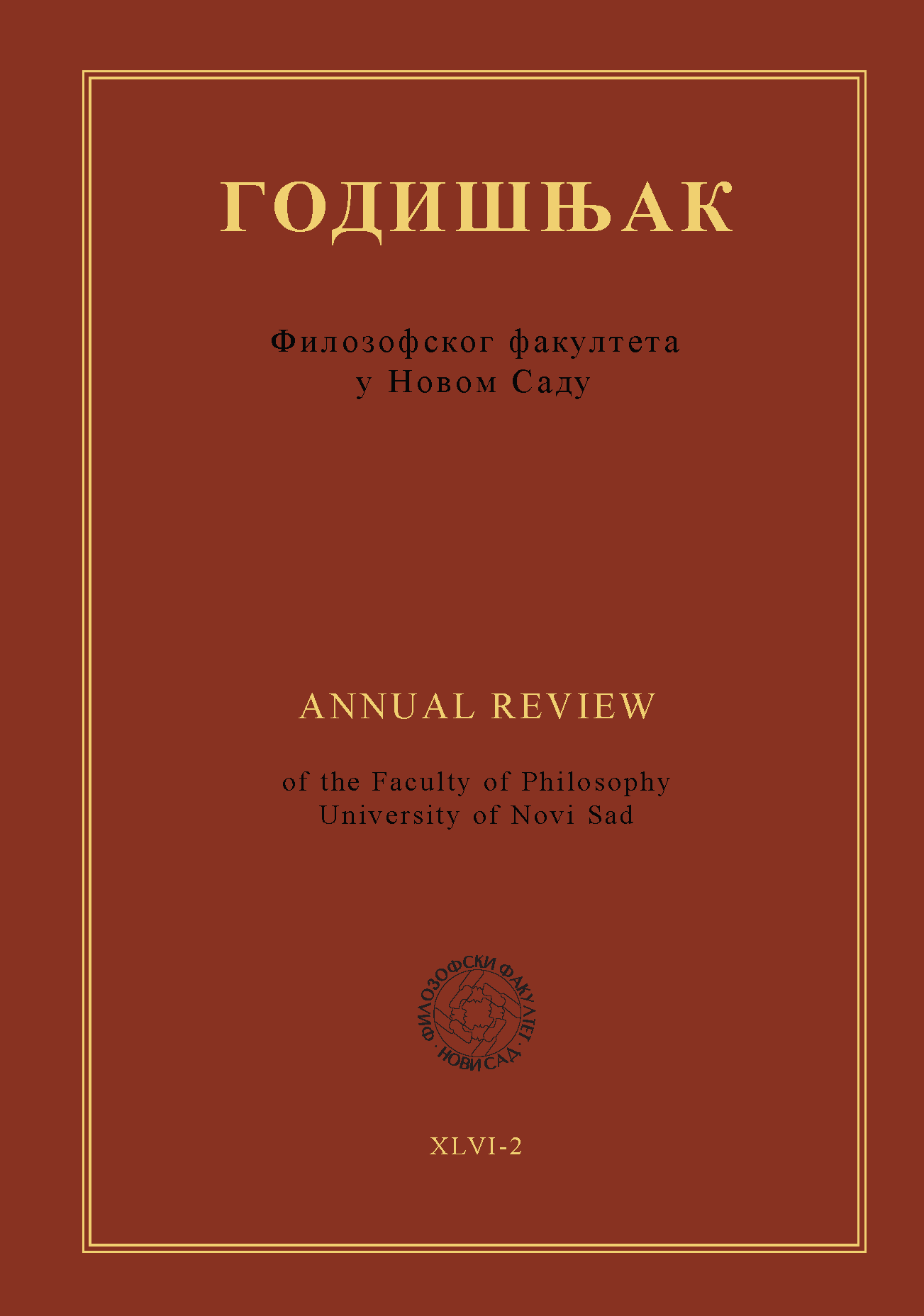CHALLENGING THE WESTERN IN CORMAC MCCARTHY'S BLOOD MERIDIAN
Main Article Content
Abstract
Set in the nineteenth-century American Southwest, Cormac McCarthy’s Blood Meridian rewrites the conventions of the western genre through a historically informed fictionalized account of the Glanton gang. As part of McCarthy’s subversive literary oeuvre, the novel intends to deromanticize the western’s underlying myths and dismantle its binaries, as well as to expose the brutality of the frontier and reflect on violence as a historiographic condition. Within studies of the western, McCarthy’s work, and transgressive literature, this article wishes to contribute to the existing discussions of McCarthy’s writing by examining Blood Meridian as a critical postmodern western or anti-western, and analyzing its strategies of demythologizing the West and the western.
Downloads
Article Details

This work is licensed under a Creative Commons Attribution-ShareAlike 4.0 International License.
References
Aquila, R. (2015). The Sagebrush Trail. Tucson: The University of Arizona Press.
Booker, M. K. (1991). Techniques of Subversion in Modern Literature: Transgression, Abjection, and the Carnivalesque. Gainesville: University Press of Florida.
Brannon, W. C., Jr. (2003). Riding for a Fall: Genre, Myth, and Ideology in Cormac McCarthy’s Western Novels (Unpublished doctoral dissertation). Texas Tech University, Lubbock.
Brown, R. M. (1993). Western Violence: Structure, Values, Myth. Western Historical Quarterly, 24. 1, 4–20. DOI: https://doi.org/10.2307/970005
Evans, J. (2014). To Disenchant and Disintoxicate: Blood Meridian as Critical Epic. Modern Philology, 112. 2, 405–426. DOI: https://doi.org/10.1086/678299
Fielder, A. V. (2000). Historical Representation and the Scriptural Economy of Imperialism: Assia Djebar’s L’Amour, la Fantasia and Cormac McCarthy’s Blood Meridian. Comparative Literature Studies, 37. 1, 18–44. DOI: https://doi.org/10.1353/cls.2000.0002
Frow, J. (2006). Genre. New York: Routledge.
Hine, R.–Faragher, J. M. (2007). Frontiers: A Short History of the American West. New Haven: Yale University Press.
Indick, W. (2008). The Psychology of the Western. Jefferson: McFarland.
Kollin, S. (2001). Genre and the Geographies of Violence: Cormac McCarthy and the Contemporary Western. Contemporary Literature, 42. 3, 557–588. DOI: https://doi.org/10.2307/1208996
McCarthy, C. (2010). Blood Meridian. London: Picador.
McVeigh, S. (2007). The American Western. Edinburg: Edinburg University Press. DOI: https://doi.org/10.1515/9780748629442
Mookerjee, R. (2013). Transgressive Fiction: The New Satiric Fiction. Basingstoke: Palgrave Macmillan. DOI: https://doi.org/10.1057/9781137341082
Peebles, S. (2003). Yuman Belief Systems and Cormac McCarthy’s Blood Meridian. Texas Studies in Literature and Language, 45. 2, 231–244. DOI: https://doi.org/10.1353/tsl.2003.0009
Philips, D. (1996). History and Ugly Facts of Cormac McCarthy’s Blood Meridian. American Literature, 68. 2, 433–460. DOI: https://doi.org/10.2307/2928305
Rieupeyrout, J-L. (1952). The Western: A Historical Genre. The Quarterly of Film Radio and Television, 7. 2, 116–128. DOI: https://doi.org/10.1525/fq.1952.7.2.04a00030
Sepich, J. (2008). Notes on Blood Meridian. Austin: University of Texas Press. DOI: https://doi.org/10.7560/718203
Søfting, I-A. (1999). Desert Pandemonium: Cormac McCarthy’s Apocalyptic “Western” in Blood Meridian. American Studies in Scandinavia, 31, 13–30. DOI: https://doi.org/10.22439/asca.v31i2.1105
Sørensen, B. (2005). Katabasis in Cormac McCarthy’s Blood Meridian. Orbis Litterarum, 60, 16–25. DOI: https://doi.org/10.1111/j.1600-0730.2004.10812.x
Tompkins, J. (1993). West of Everything. Oxford: Oxford University Press.




